Menu
Trees are vital for our environment, providing shade, oxygen, and beauty. However, trees are susceptible to diseases that can compromise their health and longevity. As a reputable tree care company, Driscoll Tree Service provides proper care and timely treatment to ensure the well-being of your trees and prevent the spread of infections. Identifying telltale signs of infection or damage can help mitigate nasty surprises and tree removal emergencies. If you suspect a problem with your trees, here are five common tree disease treatments to help you maintain healthy trees.
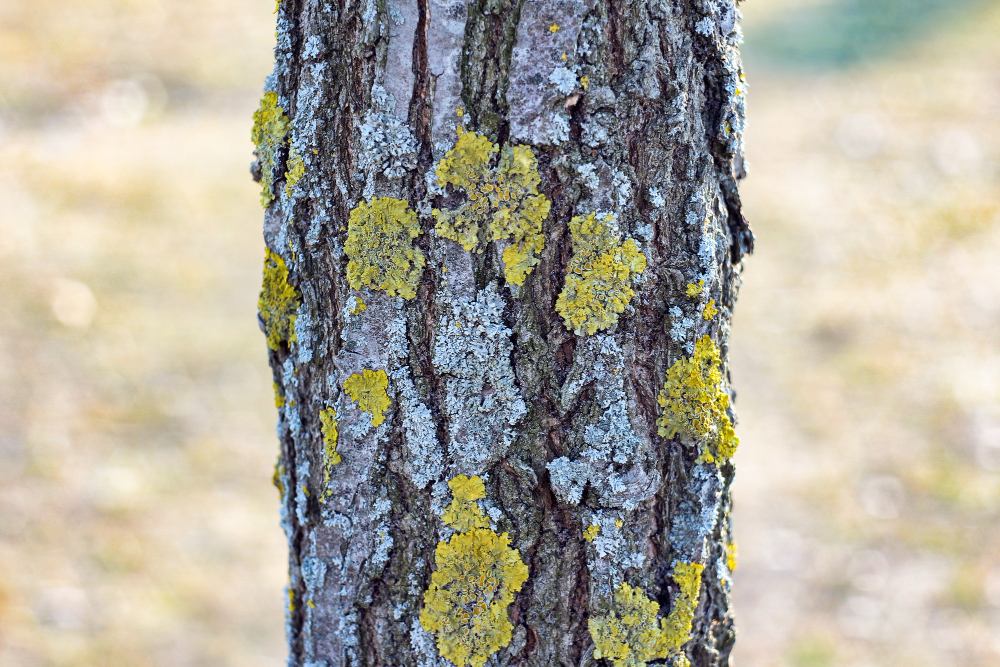
Tree trimming or eliminating damaged parts through tree pruning is a crucial step in managing diseases. Diseased or dead branches can provide entry points for pathogens, allowing diseases to spread rapidly throughout the tree. When you remove affected parts quickly, you can prevent further spread of infection and promote the tree’s overall health. Certified tree service professionals use proper tree pruning techniques to ensure minimal stress and damage.
Chemical tree treatments involve using fungicides, insecticides, or other chemicals to treat tree diseases. These synthetic solutions are usually administered by certified arborists with the knowledge and expertise to identify the specific disease affecting the tree and prescribe the proper treatment. Chemical treatments can effectively control certain tree diseases, but they should be used prudently to minimize environmental effects and ensure the safety of nearby plants, animals, and humans.

Sometimes, tree removal may be necessary to prevent the spread of disease to other nearby trees or structures. Severely diseased trees pose a safety hazard because of their weak state, prompting removal to protect the surrounding environment and prevent further damage. Tree removal should be done by trained experts from a trusted tree care company using proper equipment and techniques to ensure safety and minimize disruption to your premises.
Proper planting techniques, such as spacing trees appropriately and avoiding overcrowding, can improve air circulation and reduce disease risk. If you plant trees too close to each other, they may compete for resources, creating a favorable environment for the spread of pathogens. Besides promoting good airflow, loose planting allows simple maintenance tasks, such as tree trimming and pruning. Before planting trees in your backyard, consult a professional tree service provider to enhance disease resistance and promote overall health.
Last, proper irrigation is essential for maintaining healthy trees and preventing disease. Overwatering or underwatering can stress trees, increasing susceptibility to infections. By ensuring trees receive the right amount of water at the correct times, you can help them thrive and resist disease. We recommend drip irrigation or soaker hoses to deliver water directly to the tree’s roots, minimizing water waste and promoting efficient water uptake.
Proactive management and timely treatment are vital to preserving the health and vitality of your trees. By implementing these common tree disease treatments, you can help protect your trees from infections and ensure their long-term survival. Contact us at the Driscoll Tree Service and schedule a consultation with our arborists for guidance and help to manage tree diseases effectively.
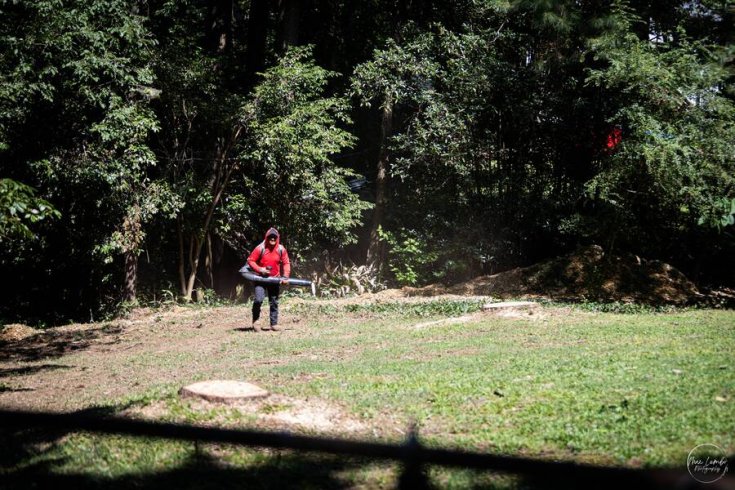
Trees are more than just pretty ornaments on your yard. They provide shade, improve air quality, and some even produce fruit. A healthy oak or maple can transform a simple lot into a welcoming landscape, and a well-placed magnolia can…
Read More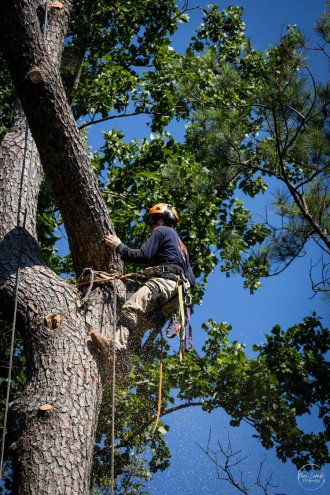
Have You Hurricane-Proofed Your Trees Yet? In the Southeast U.S., hurricanes aren’t just an occasional threat - they're a part of life. Georgia, in particular, faces frequent tropical storms and hurricanes that bring high winds, heavy rain, and the potential…
Read More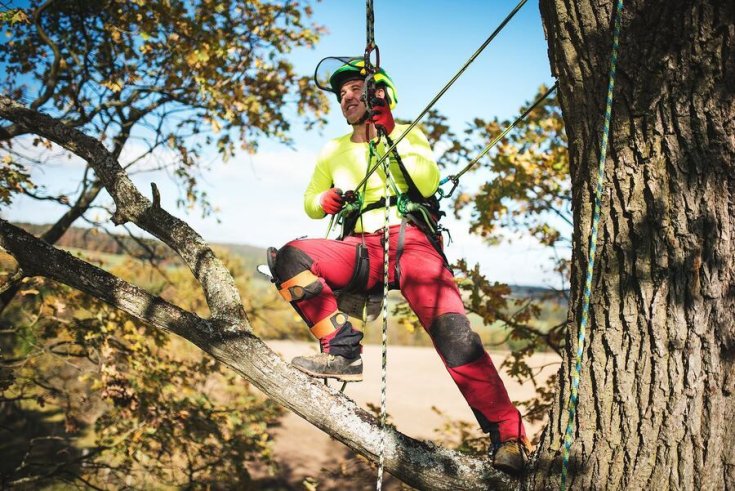
Tips and Techniques for Tree Removal Tree removal is a significant task that requires careful planning and execution to ensure safety and efficiency. Because of disease, hazard, or landscape redesign, proper techniques are crucial for a successful removal process. Driscoll…
Read More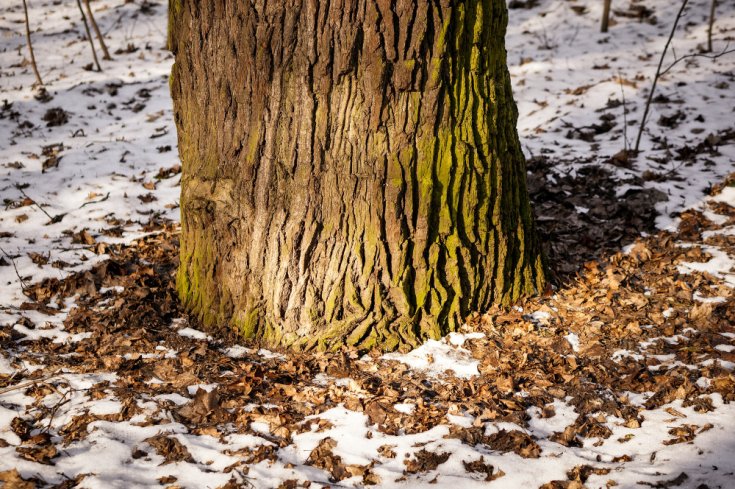
What Happens If Tree Roots Freeze? Wintertime isn’t just tough on plumbing and roofing; it is also brutal on trees. Tree roots can freeze when soil temperatures drop below 15°F or the water within the soil surrounding the roots freezes…
Read More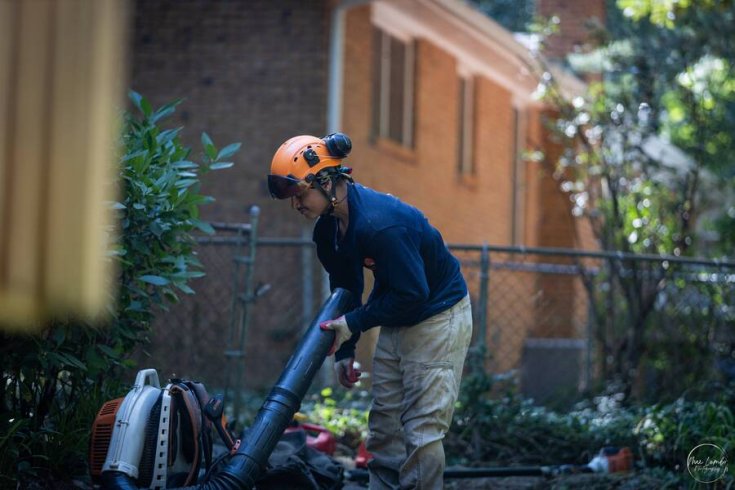
It should go without saying that when it comes to caring for your trees, hiring a professional is always the smarter choice. Whether you’re dealing with routine trimming, storm cleanup, or a full tree removal, the risks and complexities make…
Read More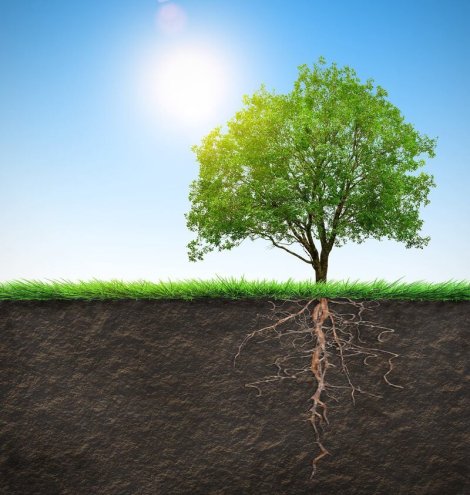
Tree Root Problems Trees are more than towering structures of bark and leaves; their roots play a crucial role in their overall health and vitality. Tree roots serve several vital functions, including extracting nutrients and water from the soil, storing…
Read More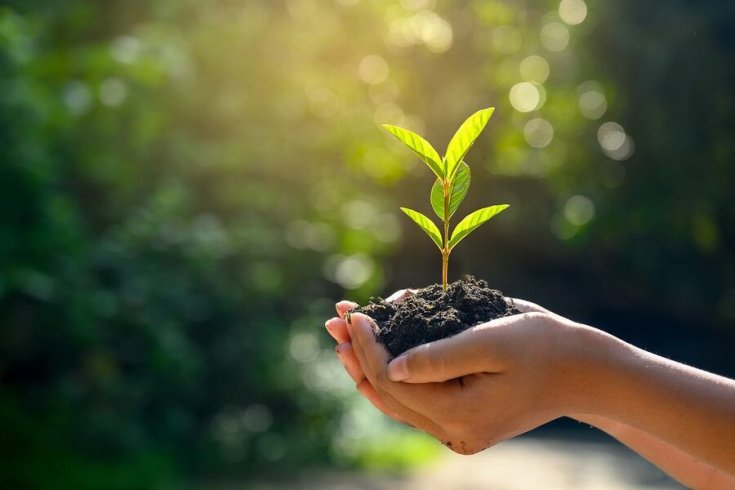
Tree Planting Aftercare A tree can add immense value to your landscape, providing many benefits like shade, curb appeal, and overall environmental well-being. However, planting the tree is just the beginning. Ensuring its growth and longevity requires proper aftercare, and…
Read More
Learn About Hiring Forestry Mulching Services Forestry mulching is the ultimate win-win for nature enthusiasts, landowners, and anyone looking to responsibly manage overgrown vegetation. This innovative process transforms trees, bushes, vines, and other plants into valuable mulch that not only…
Read More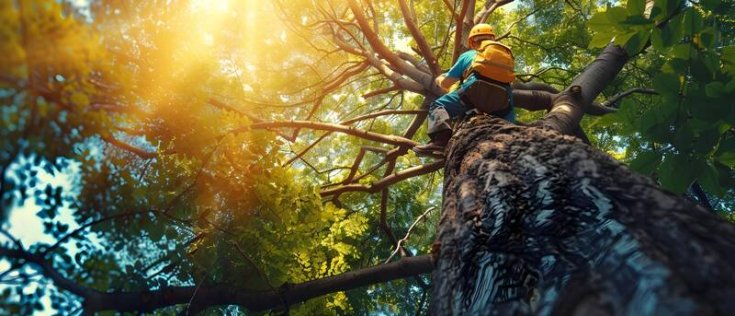
Is That Leaning Tree Dangerous? Here’s What Homeowners Should Know There’s nothing quite like the beauty of a big, healthy tree standing tall in your yard. Whether it’s a towering oak providing shade or a row of evergreens lining your…
Read More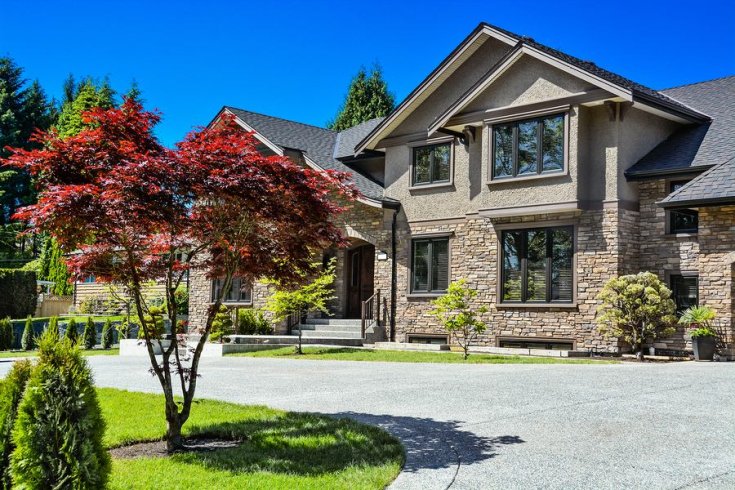
5 Tips to Maximize Your Curb Appeal First impressions matter, especially in your home. Whether you plan to sell your house or stand out in the neighborhood, enhancing your curb appeal is an excellent way to achieve your goals. As…
Read More